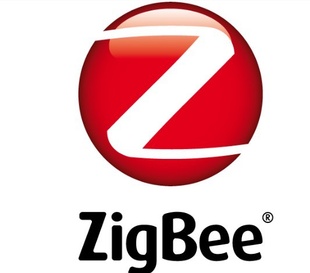PUNE, India — The global ZigBee home automation market is forecast to increase at a compound annual growth rate (CAGR) of 26 percent from 2016 to 2020, according to a report from Sandler Research.
The report says the growing number of smart homes will be a key trend for growth in this segment, with a significant rise in the number of smart home connected devices. In 2015, there were 111.5 million connected households worldwide, with North America having the highest penetration rate of 23 percent. Europe is the second fastest growing region in terms of the number of smart homes. Asia-Pacific (APAC) is still in its nascent stage, but the market is expected to improve after 2018.

According to the report, the growing number of members in the ZigBee Alliance will be a key driver for market growth. The rapidly emerging Internet of Things (IoT) market worldwide is encouraging various industries to join the ZigBee Alliance. The alliance provides global wireless standards. It aids member companies in developing products that are compatible with other ZigBee-certified products. As of 2015, the alliance was comprised of more than 400 members, working together to develop simple and easy-to-use ZigBee standards and products that define the IoT for use in consumer, commercial, and industrial applications. This number is expected to rise further with the growing popularity of ZigBee wireless technology over other OEM technologies.
The growth of the ZigBee home automation market can be attributed to the rising need to minimize energy consumption. Smart thermostats enable scrutiny of heating and cooling patterns and smart devices can remotely monitor appliances to improve energy conservation. Furthermore, such devices are capable of understanding consumer behavior through self-learning algorithms and can adjust energy consumption accordingly. In 2015, the Americas dominated the global ZigBee home automation market by accounting for around 64 percent of the overall market share.






















